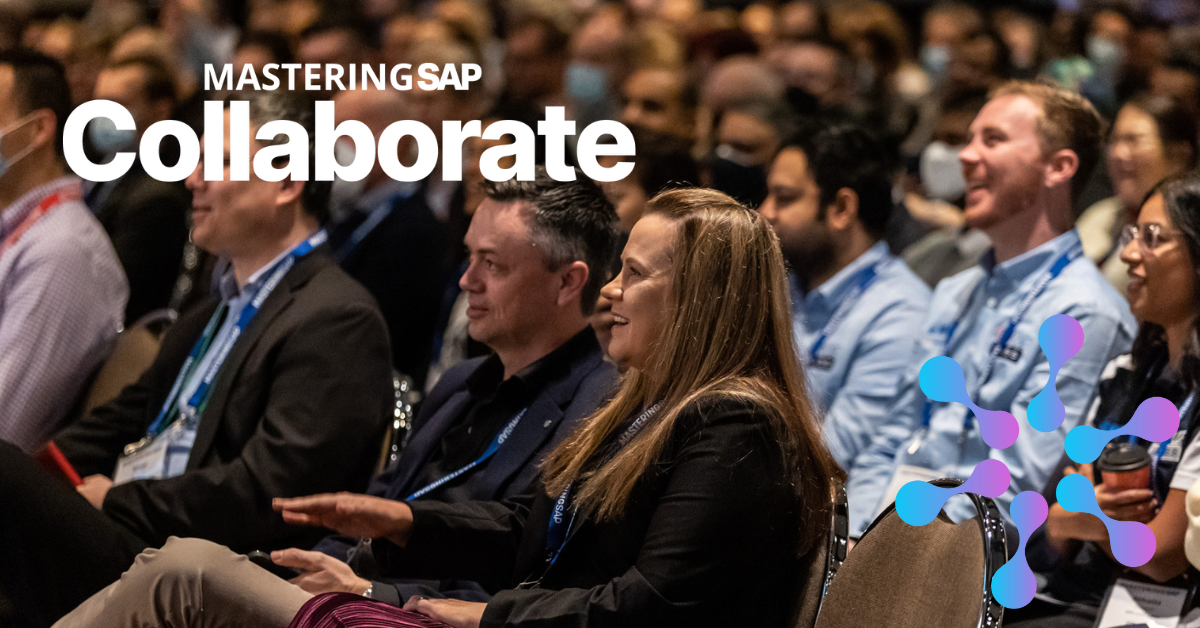How Esker is Leading the Charge into Automation and AI
Meet the Authors
Key Takeaways
⇨ More than 60% of companies feel that they are either somewhat or significantly behind their competition when it comes to adding AI and automation into their finance and accounting (F&A) functions.
⇨ Companies may struggle to build a business case for leveraging AI and automation. With so many other competing priorities, it can be difficult to convince executives to spare limited resources and time on projects like this.
⇨ By infusing automation into their finance processes, companies can reduce the risk of manual errors, improve efficiency, and free up financial teams to focus on other value-adding work, ensuring that organizations of all sizes can meet their business goals.
AI and automation feel like they are at the tip of everyone’s tongue in the SAP landscape. Yet many companies cannot yet tell if this is merely a buzzword, or the latest technology trend that could revolutionize the way business is done. As SAP has begun to infuse AI and automation into its offerings, it is clear that these technologies are not going away – and those who do not get on board risk being left behind.
SAPinsider’s recent AI and Automation in Finance Benchmark Research Report found that more than 60% of companies feel that they are either somewhat or significantly behind their competition when it comes to adding AI and automation into their finance and accounting (F&A) functions.
These companies feel compelled by the move to SAP S/4HANA that they should open themselves up to automating finance processes, but many do not know where to start.
Explore related questions
Leading the AI and Automation Charge
SAPinsider recently sat down with representatives from Esker, who have years of experience infusing AI and automation into finance processes. It offers a global cloud platform for finance and customer service professionals to automate the cash conversion cycle. The team at Esker has an optimistic view of what these technologies can do for SAP organizations.
“It’s a really exciting time to be working with companies that are looking to leverage automation or AI within their business and it’s continuing to refine and improve at lightning speed. Esker initially started to infuse artificial intelligence into its platform around 2017 by doing some smart capture off of like documents like PDFs and other image-based documents. And it’s really grown and evolved now with the likes of like GenAI that’s being utilized. Now GenAI is being introduced by the likes of like ChatGPT and large language models is to provide a greater experience to their users and also to the likes of their customers and suppliers,” said Aaron LeHew, managing director for US and Canadian sales for invoice to cash at Esker.
Organizations of all types are looking to leverage AI and automation. Many are operating multiple instances of SAP and they need help aggregating data and activities through one cloud application provides a ton of synergy and also provides them one global template in standardization across business processes.
These organizations often have a global footprint with decentralized processes, but they need to have visibility across business units. Esker solutions work in concert with SAP’s cloud technology to offer that end-to-end visibility, allowing companies to leverage their data to make AI and automation possible.
Minimizing Time to Value
As with any new technology, companies may struggle to build a business case for leveraging AI and automation. With so many other competing priorities, it can be difficult to convince executives to spare limited resources and time on projects like this.
Users must be able to demonstrate the value of AI and automation right away, then they can enhance the solution to capture additional scenarios that will drive more value to the business or even to their customers or suppliers themselves. To help develop this business case, Esker relies on what it calls Agile methodology, which it bills as a more fluid process that breaks down the way solutions are delivered into smaller stages.
Using the Agile methodology really allows our customers to see a ton of value. Likewise, based off of the AI technology that we have there is tremendous speed to value on solutions like accounts payable and even cash application where we’re using our neural network to be able to identify all of the attributes on the document through a first pass, first time recognition where no users have to create templates on these types of documents,” said LeHew.
Organizations should identify and pick the “low-hanging fruit” inherent in AI and automation technologies. As companies begin to move to SAP S/4HANA, they may feel overwhelmed and unwilling to take on new projects or they spread themselves too thin with many different options and fail to accomplish a majority of the projects they set out to do.
Esker also offers commercial models in which users pay for services based on their usage volume, allowing them to start with less usage and ramp up as they build a business case or find the budget to implement these solutions.
By finding easier processes to automate, like accounts payable and accounts receivable, companies can stack up successful projects, demonstrate the value of AI and automation, and free up their employees to spend time on other important projects.
Success Story
To demonstrate the impact its technologies can have, Esker shared the success story of Yaskawa America and how the two organizations were able to come together to bolster efficiency. Yaskawa America is a major technology manufacturer with over 1,000 employees across 12 subsidiaries across the Americas.
For over 50 years, the company has produced AC inverter drives, servo and motion control, and robotics automation systems – yet it still had manual elements in its accounts payable operation. With thousands of invoices coming in each month, accounting teams were falling behind.
“We were seeing close to 800-900 invoices every day that were past-due. This led to constant emails from our vendors, which means our team was wasting time giving status updates on invoices instead of processing them. Everything became a fire drill,” said Angelina Wappel, Senior Treasury Analyst.
Yasakawa America chose Esker and its Accounts Payable automation to overcome this issue. As an SAP customer, YA prioritized Esker’s integration capabilities, helping facilitate its seamless workflows and processing. The solution gave YA’s finance professionals end-to-end visibility over receipts and invoices, allowing them to curtail the number of past-due invoices by roughly 70%. This not only bolstered vendor relationships but it also helped with discounts for other invoices.
Conclusion
Companies can sometimes be hesitant to implement new technologies like AI and automation. Even those that want to use these technologies may not think they have the skills or budget to take on these capabilities. Organizations risk being left behind if they ignore the promise of these solutions.
Many SAP organizations in this situation are beginning to turn to trusted third-party automation providers like Esker to improve their finance workflows. By infusing automation into their finance processes, companies can reduce the risk of manual errors, improve efficiency, and free up financial teams to focus on other value-adding work, ensuring that organizations of all sizes can meet their business goals.









